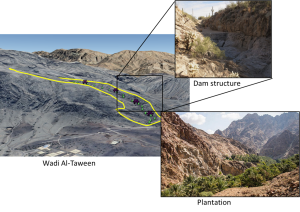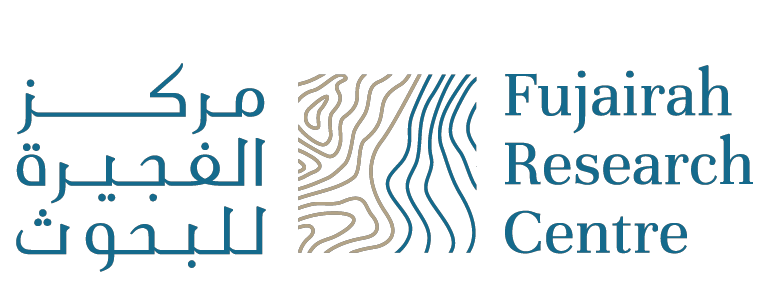
Discovering Soil Insights for Sustainable Vegetation Development in the Fujairah, UAE
Soil is the bedrock of life, the foundation upon which ecosystems flourish, and the cornerstone of agricultural productivity. Yet, despite its critical importance, soil data coverage remains inadequate across large swathes of the globe, posing significant challenges for sustainable land management and food security. This glaring data gap is particularly pronounced in arid regions like the United Arab Emirates (UAE), where the interplay of terrain, vegetation potential, and climate dynamics profoundly shapes the landscape and dictates the feasibility of agricultural endeavors. In this context, a comprehensive understanding of soil characteristics, topography, and climatic factors is essential for devising effective strategies to enhance soil quality, water management, and vegetation expansion.
The UAE faces a myriad of challenges, including arid soils, rapid urban expansion, and a looming vegetation crisis, all of which threaten the region's economy, welfare, and ecological balance. To address these pressing issues, a meticulous analysis of soil properties and environmental conditions in key regions such as Al Taween, AL Taiba Farms, and Flag Park is imperative. Through field surveys, soil characterization, and climatic data analysis, we gain valuable insights into the agricultural potential and ecological constraints of these sites.
In Al Taween, alkaline soils with low conductivity and limited nutrient availability underscore the challenges of agricultural cultivation. Despite the presence of essential elements like iron and potassium, high pH levels inhibit nutrient uptake, necessitating strategic interventions such as acidifying fertilizers and erosion control measures to improve soil fertility and stability. Moreover, temperature and rainfall patterns reveal a harsh climate, highlighting the need for innovative water management solutions to sustain vegetation growth.
Similarly, Al Taiba Farms grapples with sodic soils, characterized by high dispersion and low nutrient bioavailability. The presence of contour ditches and eroded terrain underscores the susceptibility to soil erosion and runoff, necessitating soil stabilization measures and targeted afforestation efforts. Despite significant iron and phosphorus concentrations, the alkaline nature of the soil poses challenges for plant growth, emphasizing the importance of tailored fertilization strategies and sustainable land use practices.
In Flag Park, elevated levels of conductivity and salinity point to irrigation-induced soil degradation, exacerbating erosion risks and compromising long-term soil health. Terracing the hillside and introducing native tree species offer promising avenues for slope stabilization and ecosystem restoration, while careful monitoring of temperature, rainfall, and wind patterns informs adaptive management strategies to mitigate environmental stressors and enhance vegetation resilience.
In conclusion, the field survey, soil characteristics analysis, and evaluation of climate data across the emirates underscore a bleak outlook for agricultural potential at the examined sites. However, with meticulous planning and implementation of appropriate strategies, these lands can be effectively repurposed for agricultural endeavors. Such initiatives, if executed correctly, hold the promise of enduring benefits, including the restoration of vegetation, increased water resources, and the revitalization of ecosystems. To read full paper, please visit: https://openagriculturejournal.com/VOLUME/18/ELOCATOR/e18743315279696/FULLTEXT/.
